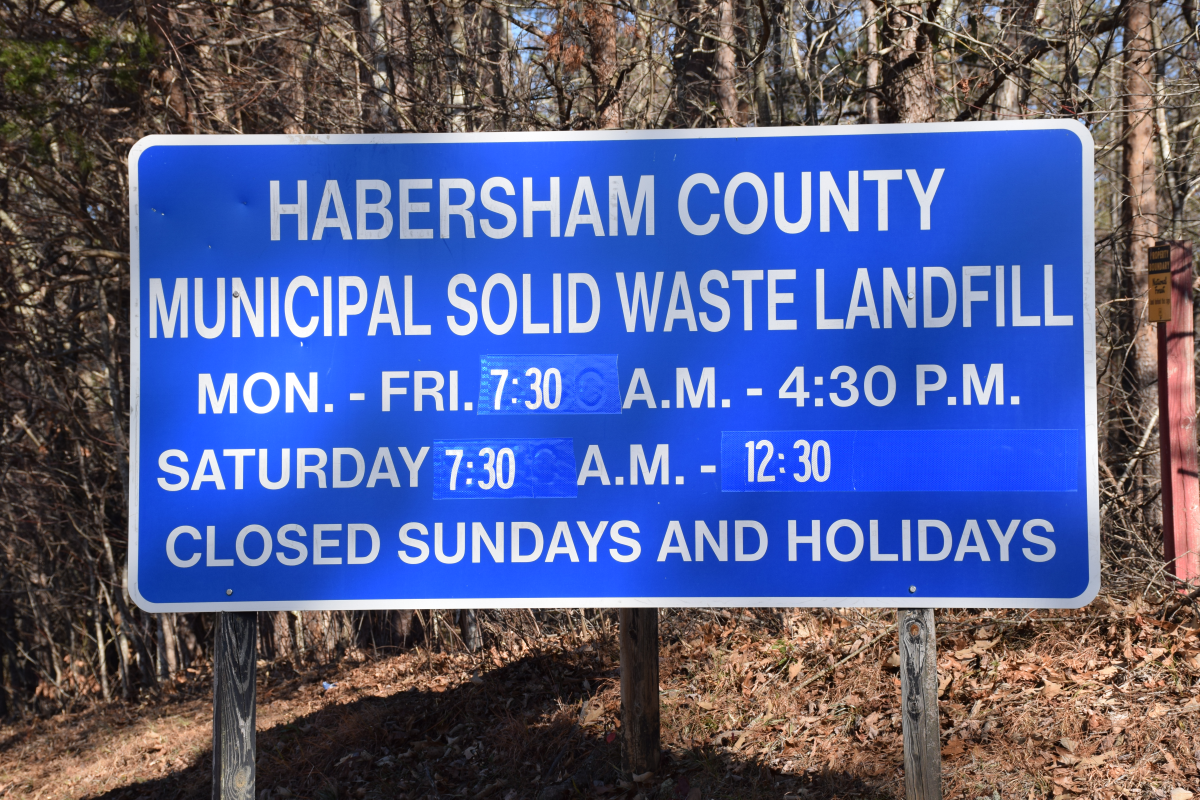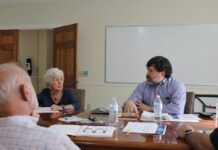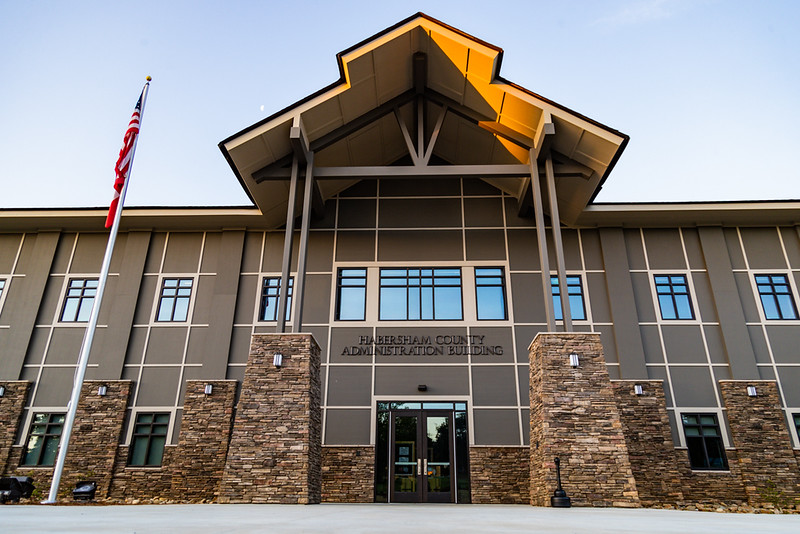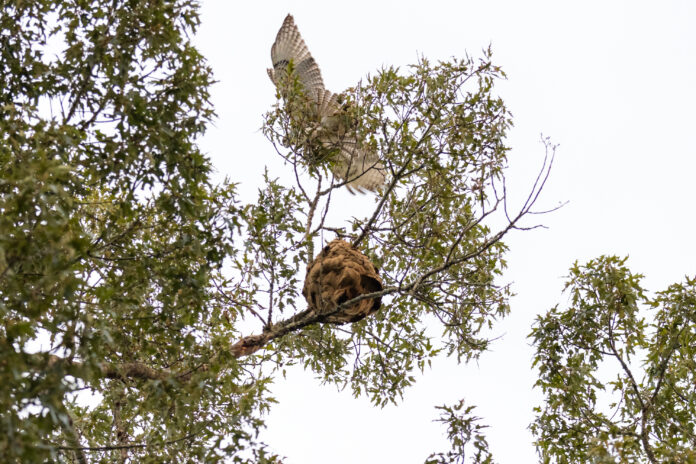
Georgia agriculture officials have called on the public to watch for the embryos of yellow-legged hornets, which begin to form their nests as spring approaches.
Officials say the yellow-legged hornet poses a serious threat to agriculture by damaging crops and pollinating insects. Prompt action to control the nests now, they added, could effectively limit the spread of the invasive species and protect both the environment and Georgia’s agricultural economy.
As temperatures rise, queens will emerge from overwintering and begin establishing new nests. Early detection of these embryo nests is crucial to preventing the hornets from spreading and minimizing their impact on Georgia’s agriculture.
Embryo nests, the first stage in the formation of a hornet nest, are typically smaller than full nests, according to officials, and range in size from a ping-pong ball to a tennis ball.
The nests are often found in sheltered areas such as the eaves of buildings, trees or shrubs. Through elimination of the nests, Georgia residents can stop the production of worker hornets and establish secondary nests later in the season – when control efforts become far more difficult.
“We are continuing to ask for the public’s help in our effort to eradicate the Yellow-Legged Hornet from our state,” Georgia Agriculture Commissioner Tyler J Harper said in a statement. “By reporting sightings of embryo nests early, we can stop the queens from spreading and minimize the damage they cause. It’s crucial that we work together to protect our state’s #1 industry—agriculture.”
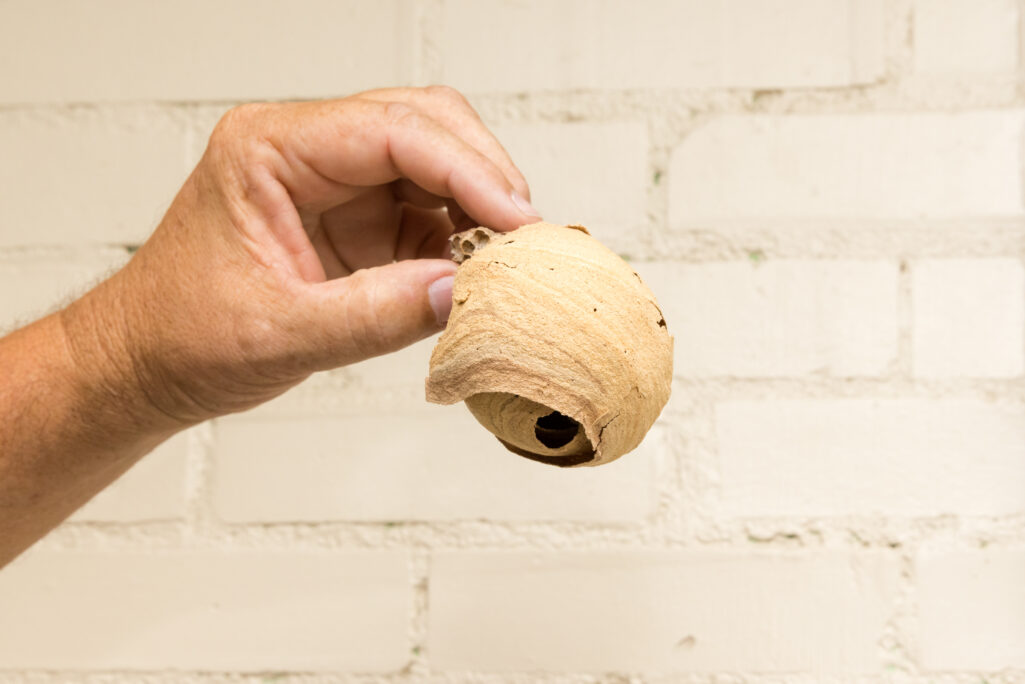
How Georgians can help:
- Stay alert: Look out for smaller embryo nests in trees, shrubs, and other elevated locations. These nests are typically much smaller than full hornet nests.
- Report sightings: If you spot an embryo nest, report it immediately to local authorities for prompt removal.


